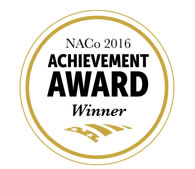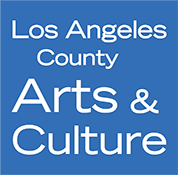About this toolkit
This toolkit will walk you through a process to assess your capacity building work across the entire agency, collect data on its full cost, including staff time, gather information from constituents who benefit from that work and reflect on what you have learned in order to make improvements. Where possible, examples and worksheets are provided. This toolkit primarily follows the methodology we used for our study. It is modular in design, so you can use as much or as little as you find helpful. If you have alternative methods for getting the same results, feel free to use them.
If you find this toolkit useful, we’d like to hear from you. Please contact us at communications@arts.lacounty.gov with the subject line “Capacity Building Assessment Toolkit."

NEWS! The National Association of Counties has given LA County a 2016 Achievement Award for this capacity building study and toolkit. Our thanks to the Quality and Productivity Commission for funding and to Harder+Company Community Research who partnered with us on the research.
About our partners

To do this work LACAC secured a Productivity Investment Fund grant from the LA County Quality and Productivity Commission.
Using these funds we hired Harder+Company Community Research to design the study and provide the bulk of the data collection and analysis. This project took 18 months to complete.
Why we created this toolkit
Recognizing that we invest a significant amount of staff time and other resources in our technical assistance, capacity building and professional development services, we set out in 2014 to formally quantify the breadth and scope of those services, measure how the community benefits from those services and calculate the full cost of providing them. Our primary goal was to uncover ways to improve the quality and efficiency of those services, as well as to identify unmet needs that we might meet through additional services or refinements to current services. We also sought to increase the public’s awareness of the services we provide to them indirectly, through artists, arts organizations and arts educators.
Another main goal of this project was to create a toolkit that other public agencies could use to quantify the full costs of their capacity building work, as well as to measure how their program participants benefit from it. This document is that toolkit. While this toolkit is written with public agencies in mind, other entities that provide significant technical assistance, capacity building and/or professional development such as arts agencies or foundations may find it useful.

